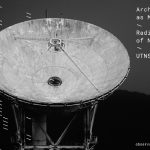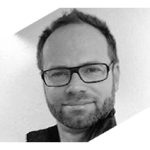Week 3: 2/7
This class explores questions of how observational practices work, what different disciplines might learn from another’s approaches to observation—which methods are best suited to which subjects and why, and how observation itself can create communities and initiate a new view of our everyday reality. We believe that the understanding of the complexities everyday life can only be deepened through cross-disciplinary insights that transcend the boundaries of expertise. In that line of thinking, we will explore different methodologies of observation — inspired by guest researchers of the OBJECT AMERICA project in this session
Observations made during the last week
In groups of 3-4, students will discuss their experience of the observational fieldwork. How did they come up with methodologies of documentation?
In-class workshop
As a group, we will “test drive” instructions for observation based on guest researchers of the OBJECT AMERICA project in order to observe the same object several times. We will be using these methodologies and clusters of objects to design a matrix that will be filled with our observations.
For next week
You made three observations in class based on other researcher’s practices. This week, conduct an additional three observations that come out of your own practice. We will use your documentation of these observations in the next class to create forensic boards. These boards can be used to visualize your process, starting with an image of your object in the center with several branches that show your process & findings. You can find examples here Bring to class whatever material you would like to use for your board; this can range from pictures and drawings to sculptural exploration, written texts, found additional visuals/objects and sounds.
Readings
1. Rose, G. (2012). Chapter 1 from Visuality, materiality: Images, objects and practices. Farnham, Surrey: Ashgate.
2. Porter et al. (2010). Facts and Figures. In: eye magazine 78 London, eye magazine publishing





Comments by Pascal